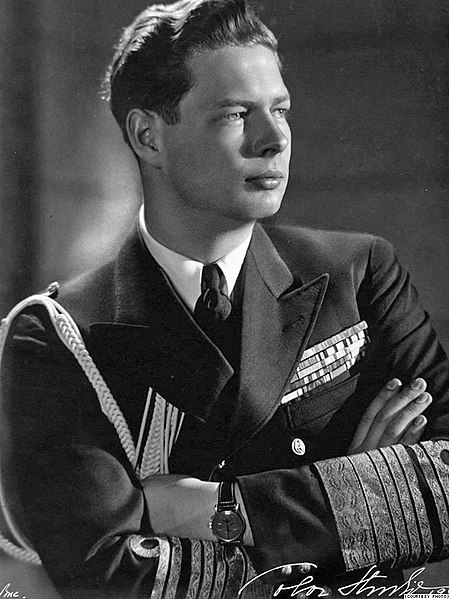1944 Romanian coup d'état
The 1944 Romanian coup d'état, better known in Romanian historiography as the Act of 23 August, was a coup d'état led by King Michael I of Romania during World War II on 23 August 1944. With the support of several political parties, the king removed the government of Ion Antonescu, which had aligned Romania with Nazi Germany, after the Axis front in northeastern Romania collapsed in the face of a successful Soviet offensive. The Romanian Army declared a unilateral ceasefire with the Soviet Red Army on the Moldavian front, an event viewed as decisive in the Allied advances against the Axis powers in the European theatre of World War II. The coup was supported by the Romanian Communist Party, the Social Democratic Party, the National Liberal Party, and the National Peasants' Party who had coalesced into the National Democratic Bloc in June 1944.
King Michael I of Romania
Romanian and Soviet soldiers shaking hands in Bucharest after the coup, 30 August 1944
Michael I was the last king of Romania, reigning from 20 July 1927 to 8 June 1930 and again from 6 September 1940 until his forced abdication on 30 December 1947.
Michael I in 1947
Prince Michael, aged 5
King Michael and Marshal Ion Antonescu on the banks of the Prut River, in 1941
Romanian stamp from 1942, commemorating the first anniversary of the recapture of Bessarabia from Soviet occupation, featuring Michael and dictator Antonescu below the text Un an de la desrobire ("A year since liberation"), a portrait of Stephen the Great and the fortress of Bender in the background





